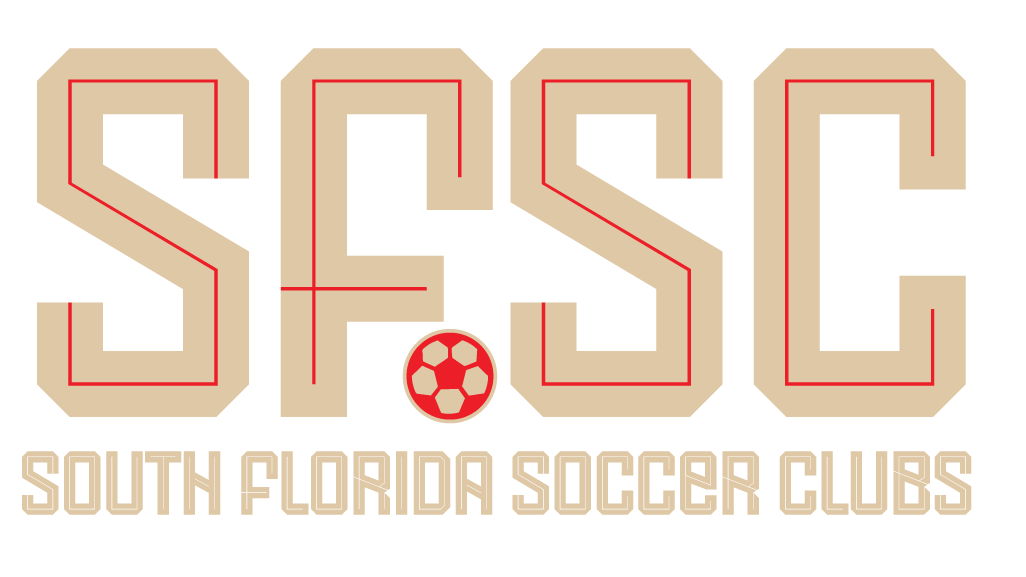Understanding Team Levels & League Structures: A-Teams vs. B-Teams, ECNL National vs. Regional, and More
Why Are There Different Teams
(A vs. B, National vs. Regional)?
Clubs create multiple levels to:
Match players to the appropriate level of competition
Ensure development and playing time
Maximize exposure for college/pro opportunities based on the player’s current ability and potential
Give more kids the chance to be part of a top club, but in the right environment
For Parents to Understand:
- A “B-team” does not mean your child is bad. It may be the right level for now.
- Kids develop at different rates—players often move up from B to A-teams.
- Coaches may use B-teams to build confidence, leadership, and increase playing time.
- The goal is long-term development, not short-term bragging rights.
- It’s more important for a player to develop and play regularly than to sit on the bench of a top team.
For Players to Understand:
- Being on a Regional or B team is not a label—it’s a path.
- Stay focused on training, attitude, and performance.
- Many college-bound players start on lower-tier teams and work their way up.
- Scouts and coaches care more about how you play and grow, not just your team name.
Bottom Line:
- ECNL National > ECNL Regional in terms of exposure and competition, but both are excellent platforms.
- Similarly, MLS NEXT tends to be higher than USL Academy in scouting exposure, but every league has valuable opportunities.
- Being placed on the right team is about putting your child in a position to develop, gain confidence, and succeed.
Why Better Players Sometimes Get Placed on B-Teams or Regional Teams
1. Positional Needs
- The A-team may already have strong players in a specific position.
- Instead of benching a talented player, the coach may put them on the B-team where they can play more and develop.
- Example: A club has two top goalkeepers. One stays on the A-team; the other may dominate on the B-team and be called up as needed.
2. Development Strategy
- Some coaches believe a player will develop faster playing full matches in a slightly lower-tier team than sitting on the bench in a higher one.
- Confidence, leadership, and game experience are key parts of growth.
3. Maturity or Attitude Factors
- A very skilled player may still be working on focus, commitment, coachability, or attitude.
- Coaches may place them on a lower team to test their mindset and push them to grow off the field.
4. Practice Habits
- Coaches often reward players who train hard, show up consistently, and follow team values, even if others are more talented.
- Some players are great in games but don’t bring the same energy in training.
5. Team Chemistry & Loyalty
- Coaches sometimes build A-teams with players who have been in the program longer or who have strong chemistry with others.
- While not always fair, politics and loyalty can play a role.
6. Coaching Bias or Subjectivity
- Some coaches have favorites or blind spots.
- They may misjudge a player’s abilities or prefer a particular playing style that another player fits better.
- Bias can be subconscious or intentional, and it’s one of the less ideal reasons.
7. Roster Balance & Age Grouping
- Clubs may shift players to balance age brackets, roster size, or league rules.
- For instance, a U16 player might be placed on a U17 B-team instead of the U16 A-team due to numbers or scheduling.
What Can Parents and Players Do?
- Ask for feedback respectfully: “What can my child improve to move up?”
- Focus on work ethic, consistency, and attitude—not just talent.
- Document progress and keep an open line of communication with coaches.
- If concerns persist, consider whether the club is truly looking out for your child’s development—or if it might be time to explore other options.
What to Do If a Coach Has Favorites & Your Child Is Overlooked
Evaluate Objectively First
- Before jumping to conclusions, watch games and practices with a critical eye.
- Is your child consistently outperforming those on the A-team in their same position?
- Record clips if needed—it helps to have visual evidence if you ever need to make a case.
Request a Private, Respectful Conversation
- Set up a calm meeting with the coach—don’t confront them on the sidelines or after a game.
- Ask constructive questions:
- “What does my child need to work on to be considered for the A-team?”
- “What are the specific criteria you use for team placement?”
- “We’re committed to the club and development. How can we help our child grow within this environment?”
Important: Focus on your child’s development—not on the fairness of others’ placements.
Teach Your Child Resilience
- Be honest with your child: life (and sports) are not always fair—but character, effort, and attitude matter.
- Encourage them to use this as fuel to improve, not as a reason to give up.
- Remind them: scouts and college coaches are watching individuals, not team labels.
Document & Monitor Over Time
- Keep track of how often your child is moved up, praised, or acknowledged.
- Also note any repeated instances where they’re overlooked unfairly.
- This record will help you make a clearer decision if it becomes time to switch clubs.
Consider the Bigger Picture
- Ask yourself:
- Is this a one-coach problem or a club culture problem?
- Is my child happy and developing?
- Are there better opportunities in another club where they will be valued?
Just highlight the words you want to design and choose from the various options in the text editing bar.
Explore Options (Without Burning Bridges)
- Quietly research other clubs and speak to parents in the area.
- Some families switch teams mid-year, others wait until the season ends to avoid disruptions.
- If you move clubs, do it professionally. Coaches talk—reputation matters in youth soccer.
Final Thought:
Favoritism is not always fair, but it happens. What defines your child’s journey is not how others treat them—it’s how you both respond. Advocate without being emotional. Stay professional. And remember: plenty of top players started on B-teams and had to fight their way up.






